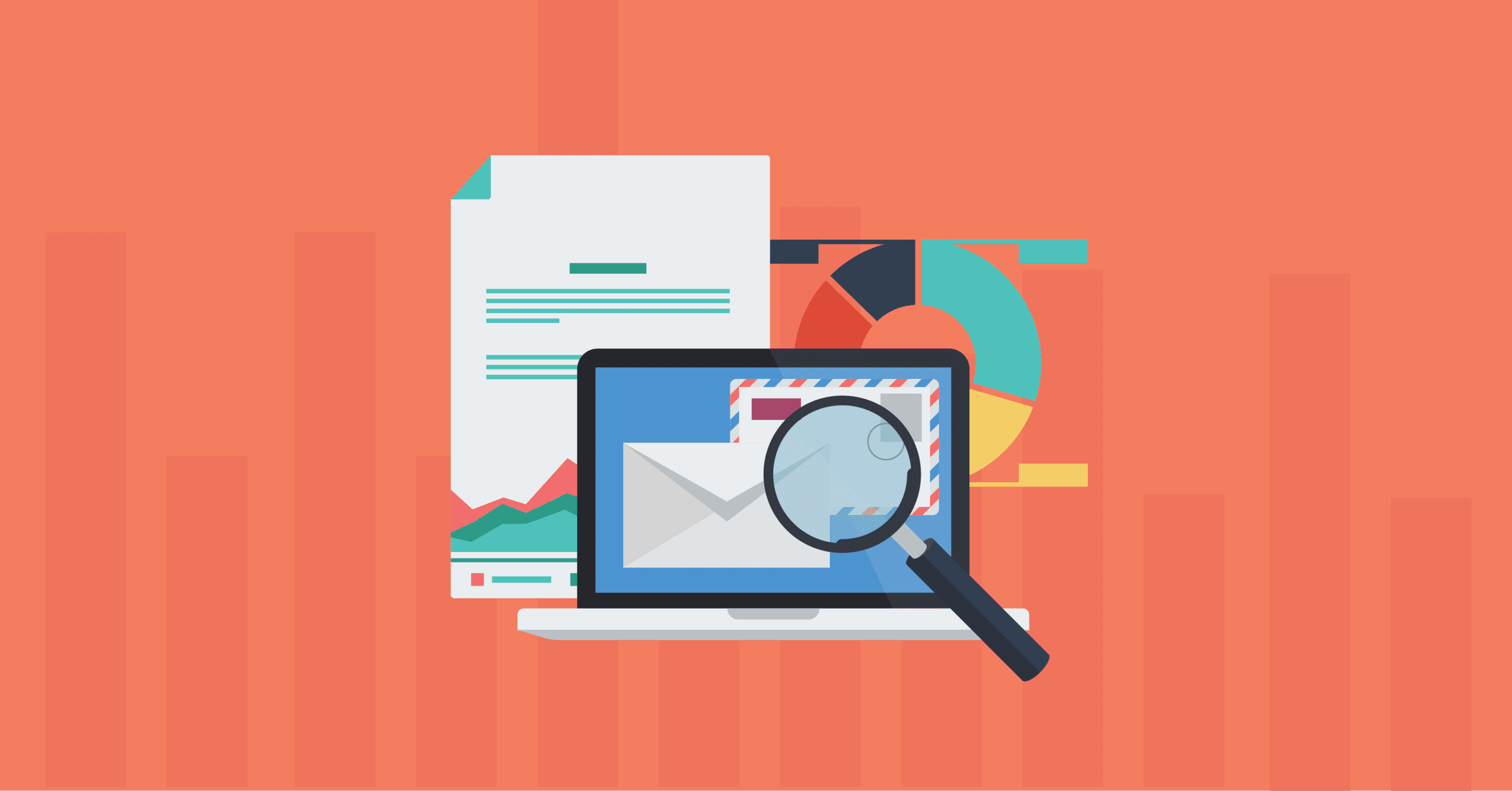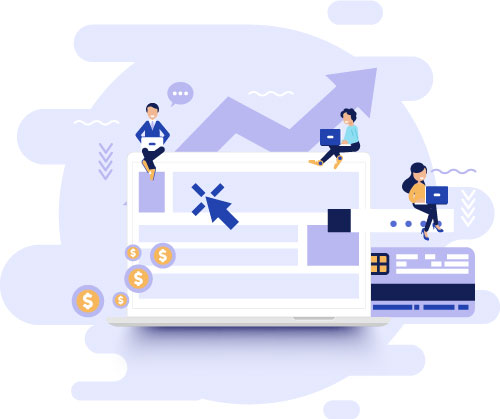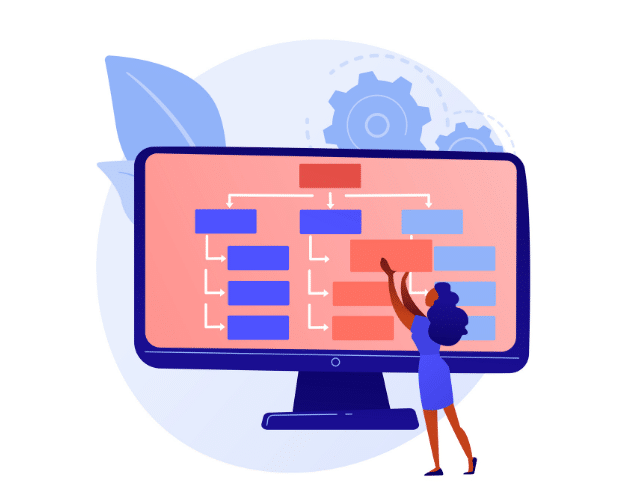
How to Master Website Personalization?
What is Website Personalization?
Website personalization is the art of offering an exclusive, one-on-one custom made experience to your online visitors when they land on your site. You customize their experience based on their past purchases, their geography or behavior in a manner that serves multiple business purposes – higher customer satisfaction, longer visit duration, boosted site visits, lower bounce rate, better conversions, and an improved brand reputation.
How to get started with website personalization?
Step 1: Identify goals and measurables for personalization
What goals do you have for personalization?
Personalization in itself is not a strong enough goal. Start by reviewing what your specific and measurable company or sales and marketing goals are for this year and even this quarter. Some objectives for personalization may already be obvious and top-of-mind for you.
Do you want to increase conversions? Improve engagement? Increase average order size? Increase retention or loyalty?
Step 2: Research and define your target audience
Who do you plan to personalize content for?
Successful personalization only works if it’s executed against the right audience. Now is the time to review or research who your target audiences are.
What are their goals? The challenges do they have that your product or service can solve for. What motivates them? How do they like to be reached? Where do they go for information?
Step 3: Outline the customer journey and understand their intent
What points in the customer journey make sense to enhance with personalization?
Start by mapping out the customer journey of your website through the eyes of your consumer. Your personas goals and challenges become a great lens for understanding how consumers experience and engage with your brand.
Is it to learn more about a product? Place an order online? Manage an order for a client? Request a demo of your product or solution?
By identifying the intent of their visit, you can anticipate and deliver the exact piece of digital content or experience they expect.
Step 4: Create relevant campaign and messaging strategies
Why are you creating content? What do you want to say to your audience?
Understand how your content is relevant and helpful to each audience throughout their customer journey. The way you treat that content will likely be different for each audience (as it should be). Refer back to your customer journey and document existing content where it is most helpful along the map. This will also help you identify any gaps in messages that you should create content for.
Step 5: Identify where personalization will be on your site
What are you going to personalize? How are you going to personalize it?
Use customer journey maps to get granular about the different touchpoints or interactions that could be enhanced with personalization. Think of pages or sections where you can target and promote personalization to connect with different types of visitors.
Several great places to start are:
- The homepage
- Category and product detail marketing pages
- Checkout and conversion-based landing pages
Step 6: Select tools and methods for implementing personalization
What tools do you have to facilitate personalization? What functionality or skills do you still need?
Choosing the right personalization-enabling tools to support your digital strategy is key to its ultimate success. Consider what you need to meet your marketing goals and if you have the team or skillset to manage it.
Step 7: Measure and optimize personalization campaigns
How will you measure your personalization efforts? What indicates success?
Finally, you’ll want to measure the impact of each marketing campaign. Like A/B testing, set up a control and a test experience so that you can identify if a campaign works towards the goals you identified in the beginning. When you have found something that works, continue to enhance it.


